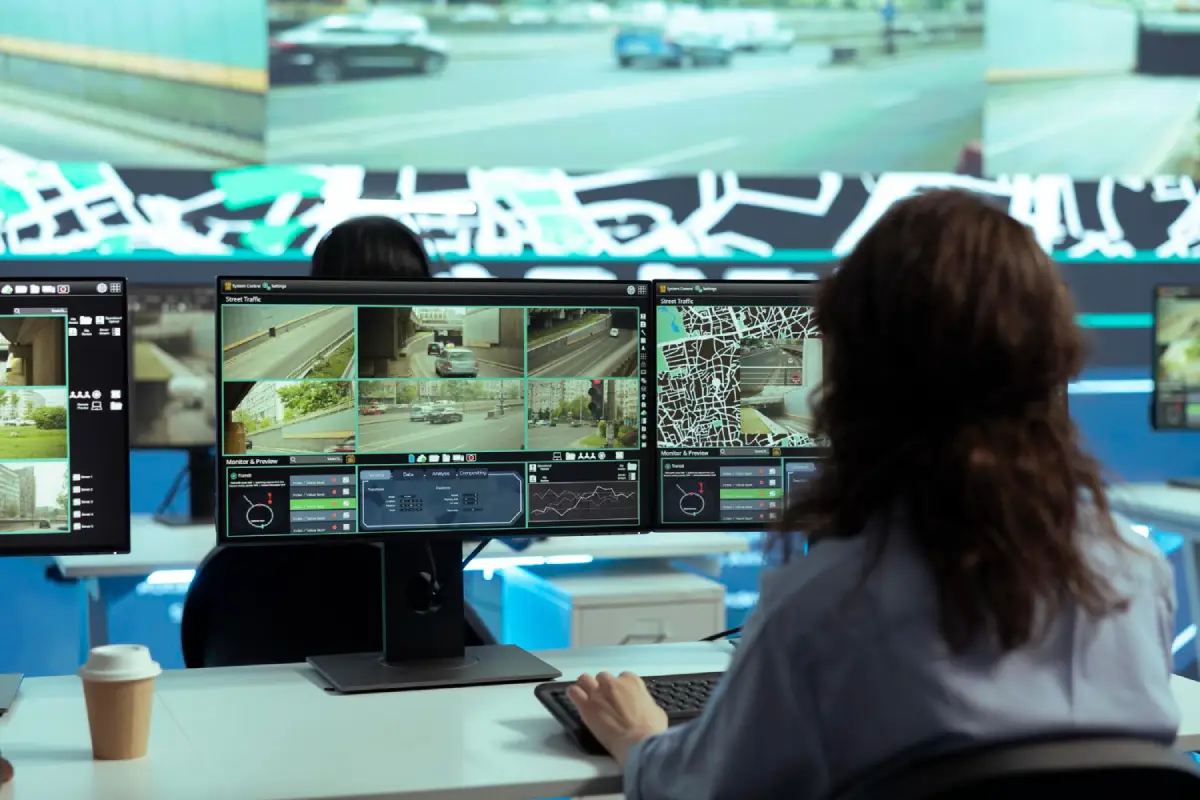Beyond the Siren: The Unexpected Ways Emergency Communication Technology is Reshaping Safety
In today’s rapidly evolving world, emergency communication technology is unlocking a new era of public safety and crisis response. Innovative systems now transcend traditional boundaries, equipping organizations and communities with transformative capabilities that touch every aspect of preparedness, mitigation, and recovery.
Platforms like Quickresponse.net exemplify how modern solutions are driving efficiency, resilience, and collaboration in emergency management, providing benefits that extend from first responders in the field to policy-makers at the highest levels. Data analytics and immersive technology are revolutionizing safety by enabling faster, smarter, and coordinated responses.
Artificial intelligence and augmented reality improve crisis communication, incident detection, evaluation, and management. Advanced algorithms and real-time visualization improve decision-making, while user-friendly apps empower citizens to become more informed and active participants in safety.
Contents
AI in Emergency Response
Artificial intelligence is revolutionizing emergency management by transforming vast amounts of data into actionable insights. Cities like Los Angeles use AI to process historical wildfire data, allowing for rapid resource allocation and reduced response times. AI-driven alerting systems in healthcare track and forecast outbreaks early, empowering public health agencies to act before crises escalate into epidemics.
These systems analyze millions of health records globally, identifying subtle trends. AI automates routine tasks and provides context-sensitive, proactive emergency communication networks, resulting in faster, more informed, and context-sensitive crisis management protocols.
AR Enhancing Situational Awareness
Augmented reality (AR) is revolutionizing the way frontline responders navigate crisis environments. AR systems overlay digital information onto the responder’s field of vision, creating a real-time, interactive map of evolving scenes. This reduces errors during rescue operations and allows for location-based geotagging and visualization.
AR technology also streamlines rescue missions and prioritizes responder safety, providing situational awareness in complex, high-risk environments. It also enables seamless collaboration with team members and coordinates with uncrewed aerial vehicles.
Mobile Applications and Social Media
Emergency communication is crucial for saving lives and reducing panic. Mobile apps and social platforms are essential tools for connecting authorities, responders, and citizens. During Hurricane Isaac, New Orleans officials used Twitter and Facebook to share road closures and flood alerts, mobilizing community reporting. Today, emergency mobile apps notify residents about evolving threats, shelter locations, and evacuation routes, providing instructions that adapt as situations change.
Online networks amplify alerts, ensuring widespread reach. Social media is deeply intertwined with disaster response, giving voice to affected individuals and providing feedback to authorities. This democratization of information flow enhances transparency and community trust, fostering a stronger, more cooperative response.
Integrating AI and AR
The integration of AI and AR in emergency management offers unprecedented capabilities. AI processes vast amounts of data to forecast risks and recommend interventions, while AR communicates this information to responders through intuitive overlays.
This creates a feedback loop, allowing responders to act with precision and confidence. For example, firefighters can receive live data on fire progression, wind speed, and escape routes, while AI updates recommendations continuously. This alliance reduces human error, improves situational comprehension, and ultimately saves lives, marking a significant transformation in crisis response.

